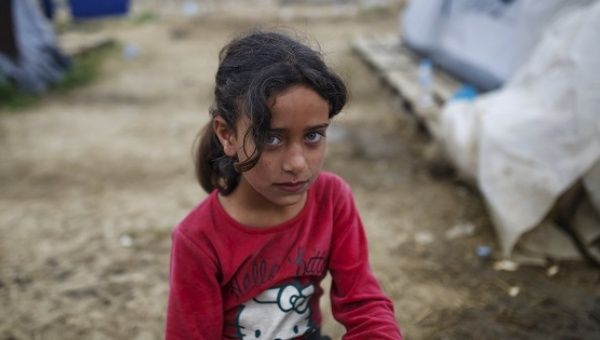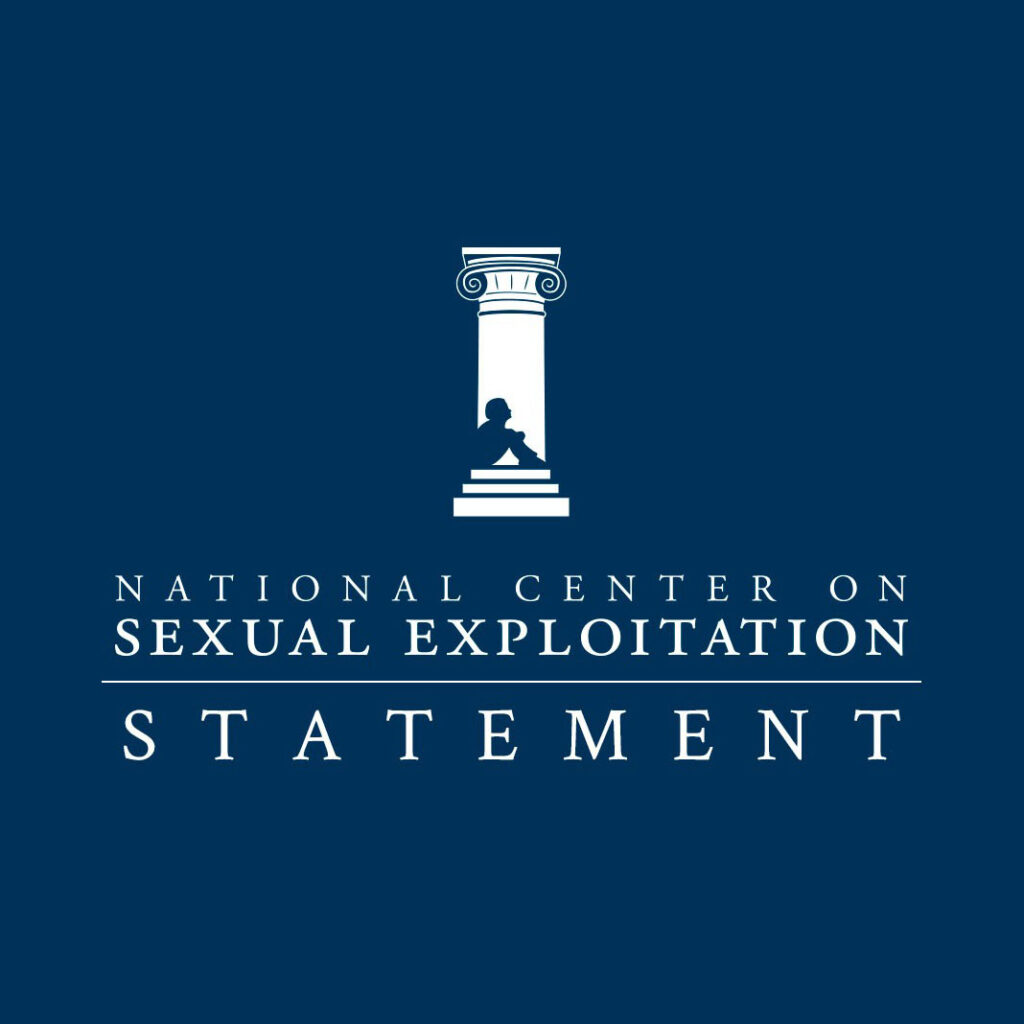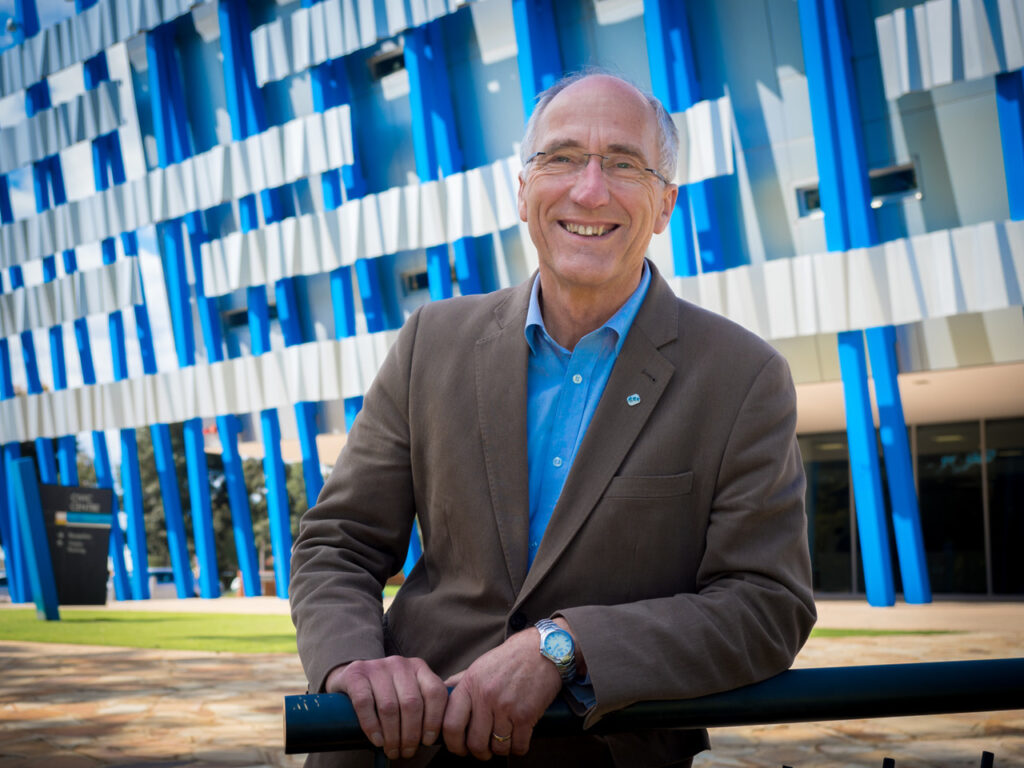Prostitution in Australia occurs outside of Australia.
According to UNICEF, roughly one third of human trafficking activity around the globe involves children. The trafficking of children is an ongoing issue within Australia, and involves citizens who travel overseas (predominantly to Asian countries) in order to access prostituted individuals. Even though sex trafficking of this nature is occurring outside of Australia, our Criminal Code still holds all Australian citizens liable to prosecution for offensive sexual conduct with minors.
In 1990, Australia signed a convention spearheaded by the United Nations termed ‘The United Nations Convention on the Rights of the Child, that when ratified, sought to facilitate the policing of child trafficking. Furthermore, The United Nations developed a protocol to suppress and punish trafficking in persons, especially women and children by urging states to
‘adopt or strengthen legislative or other measures, such as educational, social or cultural measures…to discourage the demand that fosters all forms of exploitation of persons, especially women and children, that leads to trafficking.’
The trafficking of children is not as heavily policed in Asian countries as it is in Australia and so criminal syndicates will often procure children who live overseas, or abuse them while travelling in order to fulfil sadistic and exploitative measures with little punishment. The issue of overseas child abuse occurring within the sex trade or elsewhere, is delineated within section 272.12(1) of the Criminal Code at the commonwealth level, which ‘deals with engaging in sexual intercourse with a young person outside Australia.’ This highlights the issue that child prostitution, involving Australian citizens during overseas travel, is an ongoing criminal issue, incurring a penalty of 10 years for perpetrators. Furthermore, a penalty of 20 years can be given to perpetrators who procure children outside of Australia in order to benefit either financially or through other means, through prostituting them.
Once prostituted or sexually abused in childhood, children are susceptible to incurring further abuse by involving themselves with prostitution well into adulthood, which fosters a worldwide trafficking issue and a tragic cycle of abuse where it can be extremely challenging for individuals to exit.
According to Mark Waltman, from Stockholm University, some 55-90 percent of sex workers (according to diverse studies), have been sexually exploited in childhood. With figures like that, it becomes evident that the sex trade is nothing but a criminal and psychological operation designed to enslave sex workers into being sexually used for the hedonistic purposes of handlers.
Children are also sought out as potential prostitutes due to a number of reasons. Firstly, according to Dr Michael Seto, a clinical and forensic psychologist at the Royal Ottawa Healthcare group, men of all ages find young women attractive – including teenagers who have not yet reached the age of consent. According to the Criminal Code, one cannot engage in sexual relations, with lawfully recognised consent on behalf of the minor, if the partner is a number of years older than the teenager. Secondly, children are at risk of serious abuse due to their ignorance or gullibility in following authoritative instruction by people in power positions. Thirdly, they are at risk of abuse due to the fact that they are generally easier to coerce through money, drugs or financial gain. Fourthly, they are less likely to report incidents of abuse and may not be able to exit the trade like a fully-formed adult can. For these reasons, children (especially females) are often prostituted and they are amongst the most vulnerable individuals involved in the sex trade. It is seriously concerning that some Australian criminals take advantage of young females, especially overseas in Asian countries, due to language barriers that stop prostituted individuals from communicating abuse. Another issue is the fact that prostituted individuals selling their bodies to foreigners, are operating within a different jurisdiction to the foreigner. Because of these restrictions, accessing young prostituted individuals in alternate countries to one’s hometown, is an ‘easy’ way to have criminal behaviour excused, and is likely to go unnoticed and unrecorded. Trafficking within Australia is not adequately policed and regulated properly, let alone in another country. Because of this, it is difficult to note accurate statistics surrounding child prostituted individuals suffering at the hands of Australian pedophiles, but according to logic, the statistics and the Code, it is likely that this issue is proliferating without much media coverage or an adequate inquiry into the matter as it deserves.
One thing, however, remains clear. Australia must make it their business to not only inquire into our child trafficking crisis operating within our own soil, but it must collaborate with other countries in the areas of law enforcement, in order to put a well co-ordinated, comprehensive and logical stop to the ongoing proliferation of child sexual exploitation within the sex trade. Children deserve more than to get roped into an industry where exit strategies are virtually non-existent. They deserve more than to be raped for the remainder of their lives within a traumatising trade just because our society has not payed enough attention to the issue with the energy it warrants. By adopting the nordic approach to prostitution, and alerting ministers to the ongoing issue of child sexual abuse, it is likely over time, that activism will lead to a decrease in the demand for sex, and thus protect all individuals involved in the trade, whether they are known victims in society or not, both in Australia and around the globe.







